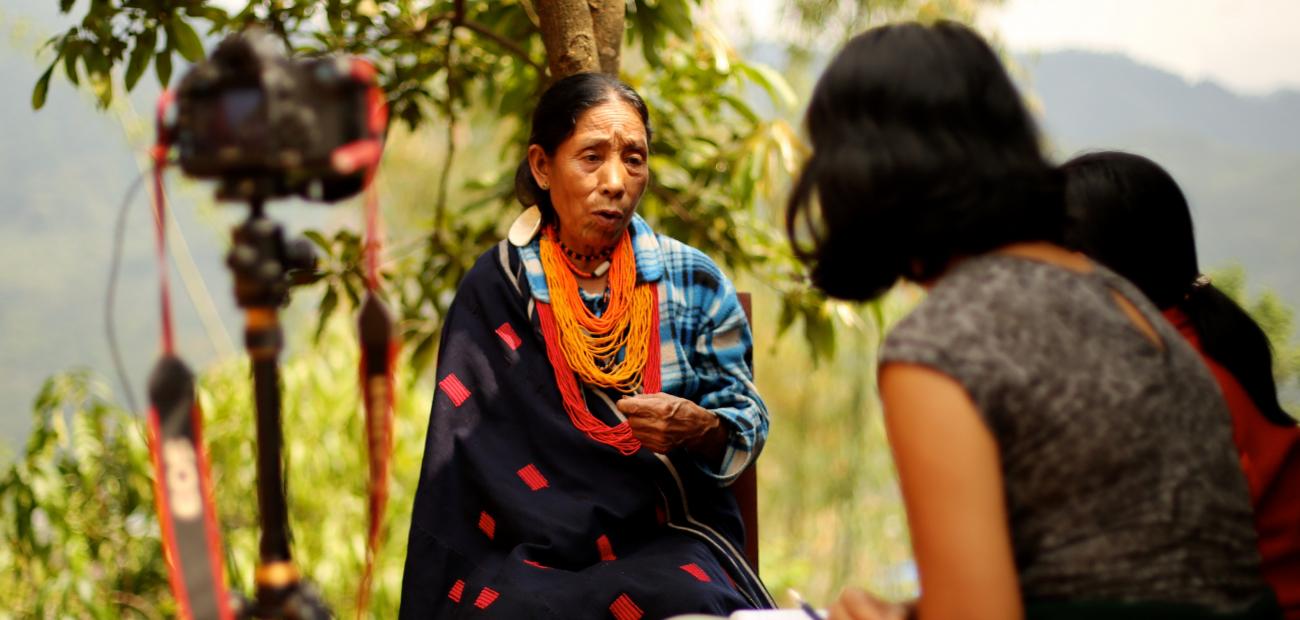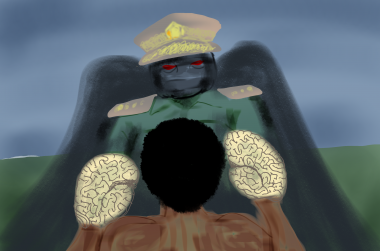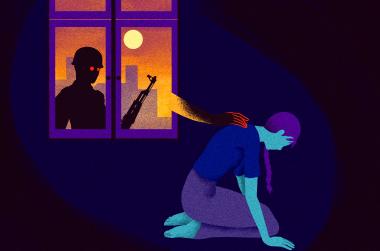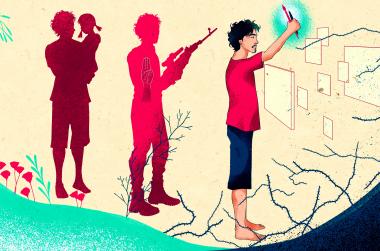There’s a graceful pride in the way that Cë̀kom carries herself that lets you know she is the daughter of a former Lahe chief. She lives with her family in a sturdy two-storey house, perched on a hill overlooking the thatched roofs of the old neighbourhood, and wonders what life would have been like if she had been allowed to go to school.
A relative, who acted as our interpreter for the interview, was able to become a nurse — a sign of women’s evolving place in society and a glimmer of hope in the hurtling changes that have swept the region from one generation to the next.
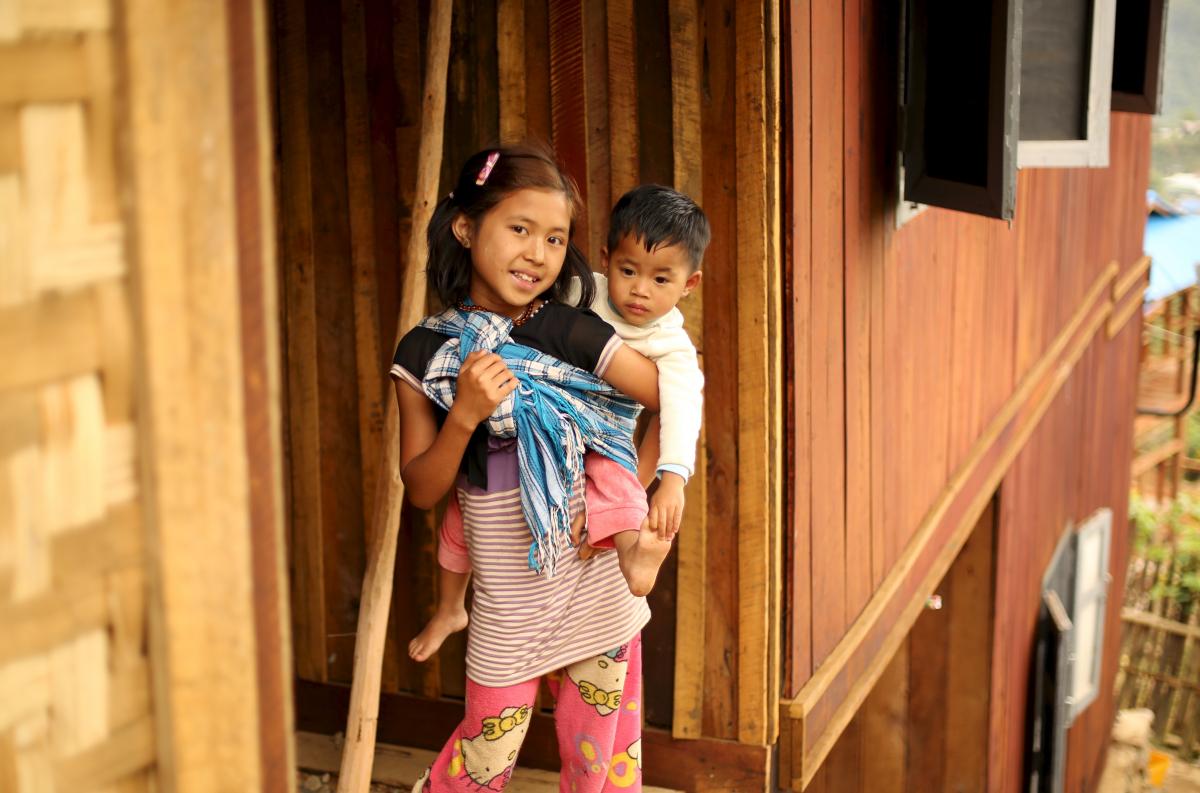
“It was very frightening when I was young because there was no peace. I didn’t have any direct experience of conflict when I was a child, but around the time I got married fighting erupted two or three times and we had to flee.
“There were schools when I was growing up but I didn’t go. Girls weren’t allowed to attend. That was the belief. And I didn’t think about school much at the time since my parents didn’t send me.
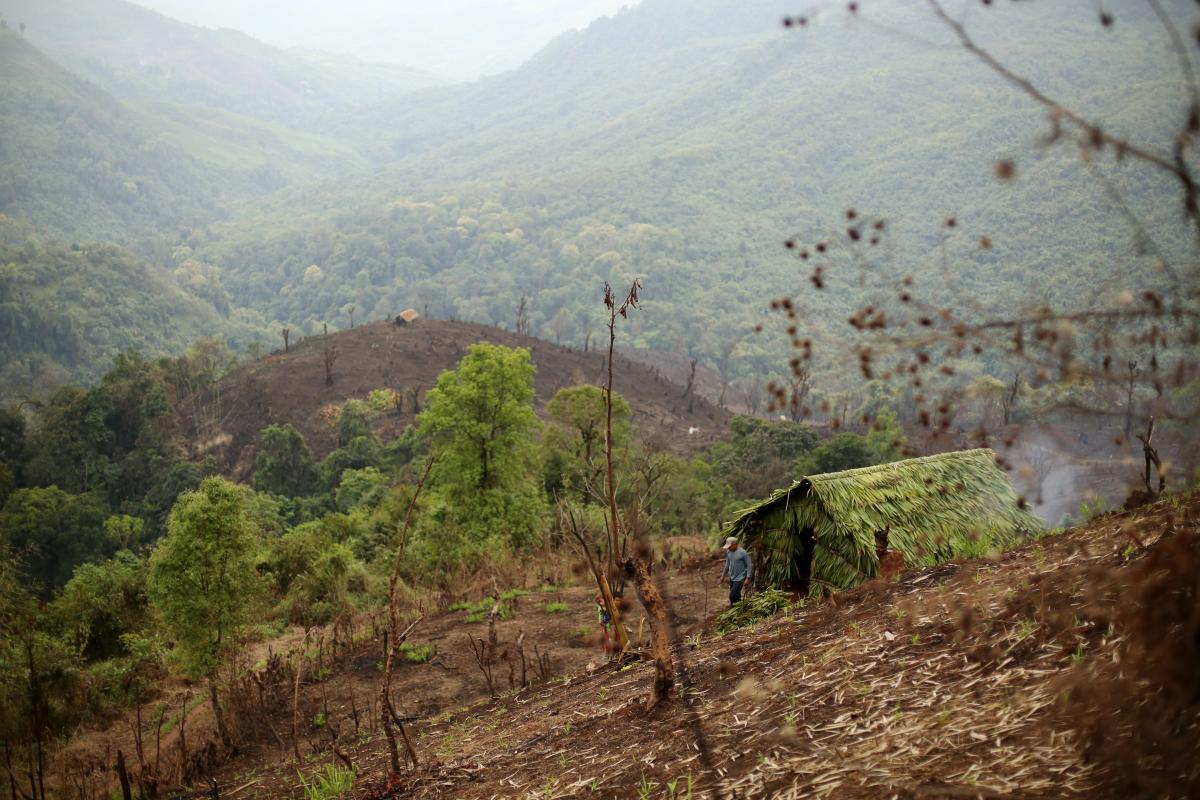
“Now girls go to school and the role of women has changed. I like that.
“In the past there was nothing to do but farming.
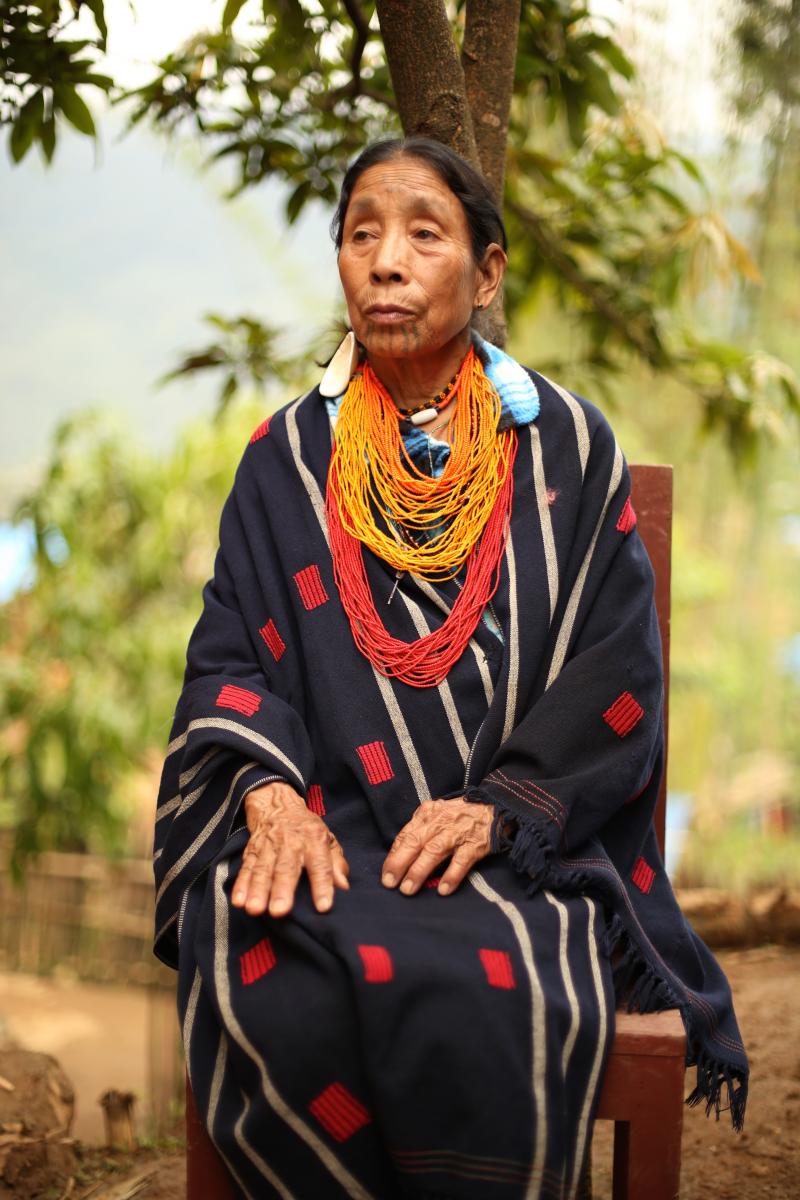
“The necklaces I’m wearing are ornamental. It’s about dressing up in a more traditional way. The necklaces differ depending on which tribe you belong to. This is how the Lainong (women) wear them. There is also a necklace of white beads. Almost all Naga (women) have these.
“The safety pin (hung on the necklace) is for when I’m in the field. If a thorn pricked me or something I can take it out with the safety pin. The clip is used to pick ear wax.
“I can’t remember when I bought the necklaces. It was a long time ago. Someone from the India border came to the village to sell them. Sometimes you pay cash and sometimes you barter with food.
“They’ll come with me when I die.
“I worry that our traditions will die out. I would like everyone to work hard to preserve them. For example, I’d like people to start weaving things for their own use again, like blankets. I used to be able to weave, but now I don’t (because of old age).
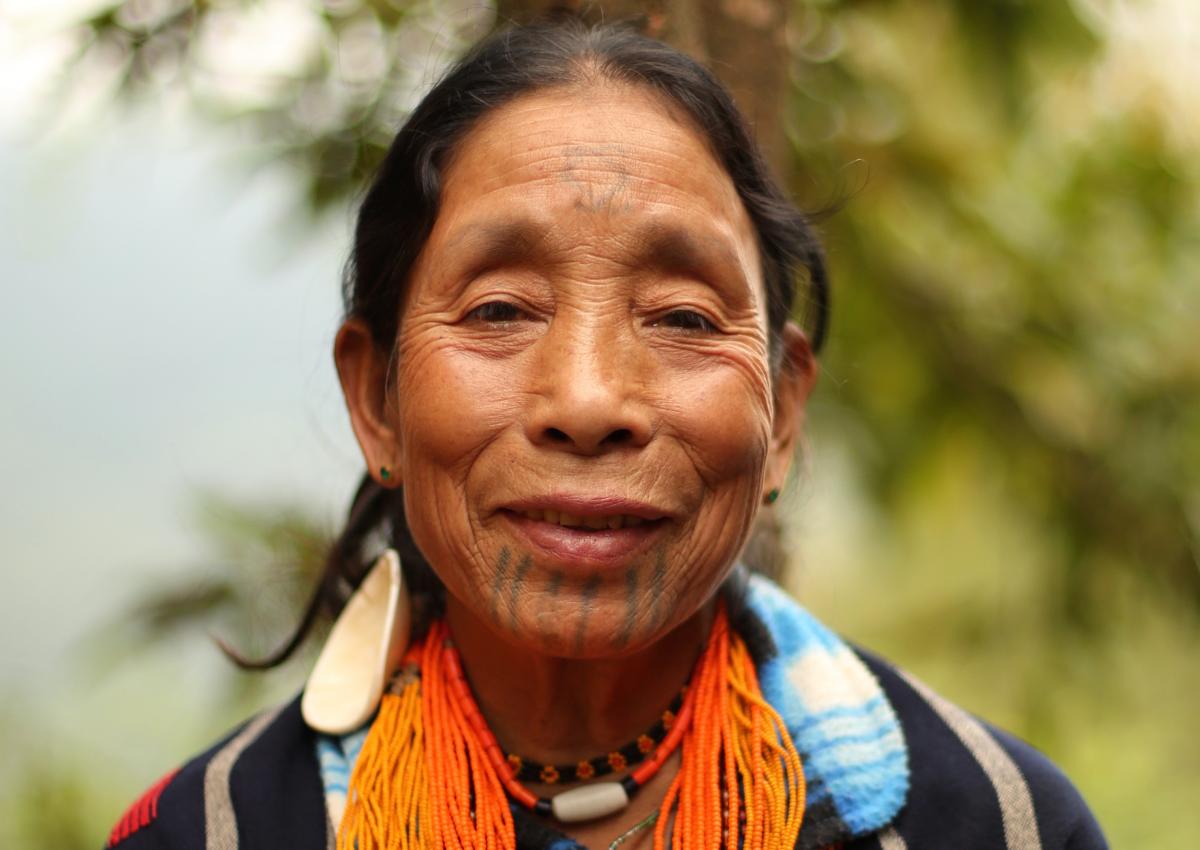
“It didn’t take too long to have these tattoos. We just did it. I can’t remember how old I was.
“There’s no belief or idea behind (having six lines on her chin). It’s because I like it. Some will have 5 or 7 lines. (The forehead design) is meant to look like a flower.
“In the past, if any of the men in the village caught a tiger, then there would be people getting tattoos to celebrate the hero (or heroes). The women would follow the men to get these tattoos. You couldn’t do it any other time. Only when the heroes get tattoos then you can follow their lead.
“These days, it’s not considered beautiful and we were told not to do it anymore so the practice stopped. Before, tattoos were seen as beautiful.”
Interviewed April 2016

